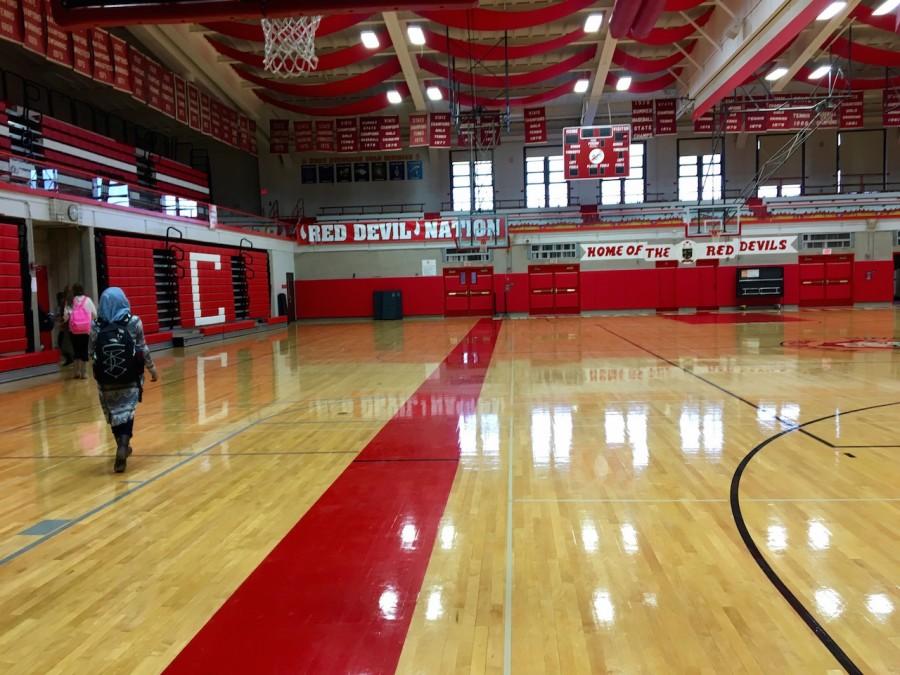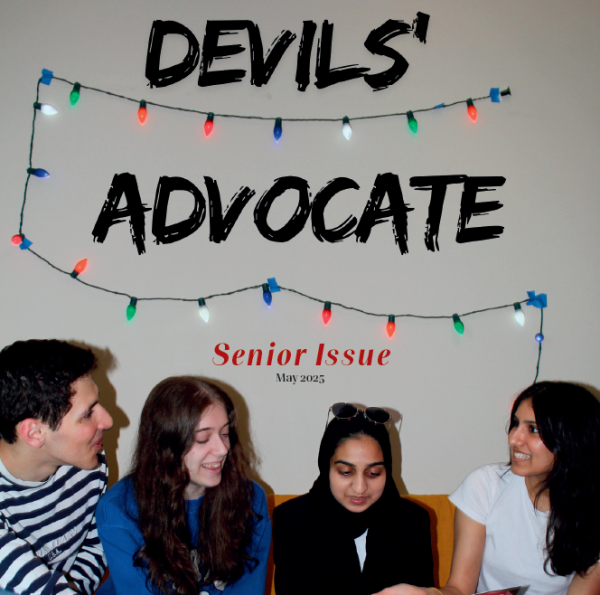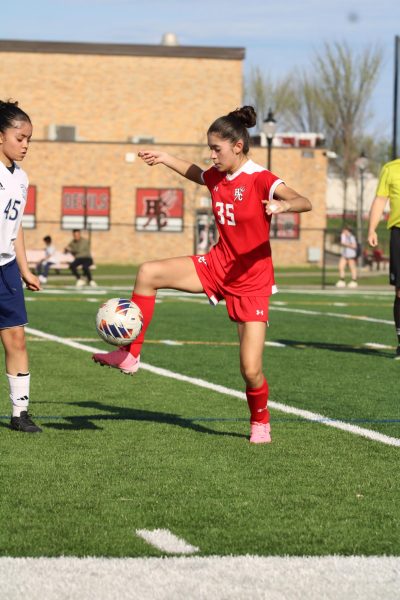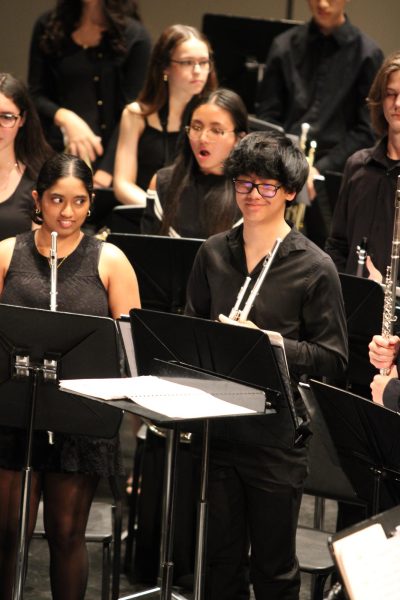Should physical education be required for four years?
Some students feel that the required four years of physical education may not be completely beneficial in terms of scheduling.
“You’re there to learn, make your day count!” A common phrase heard when leaving in the morning; my father has made sure to emphasize the main focus at the place we call home for eight hours a day: learning. However, recent emphasis on other areas of the educational experience have worked to blur the true meaning of “going to school”. There are club meetings to attend, extracurricular activities to string along a resume, and sports to practice. However, one focal point which has remained in the realm of traditional education, at least for Central students, is the required four years of physical education. While classes, such as math and science, aren’t required for the entirety of one’s educational career, physical education classes are required for all eight semesters of one’s high school experience (with the exclusion of a semester of health, which still falls under the category of physical education).
I’m not here to discredit the necessity of physical activity. Getting daily exercise can result in benefits such as controlling weight, boosting ones energy, and even helping to prevent certain diseases . Exercise is vital to one’s well being, and for the reasons listed above, it begins to make sense why gym class acts as such an essential portion of the school day. For those who are not involved in sports or don’t have an outlet to get bouts of physical activity in, the setup works almost perfectly. There is no cost, no extra time required outside of school, and little to no pressure to compete.
But what about required physical activity for those involved in sports? While exemptions are available, the terms are very specific. For example, most exemptions are only available to juniors and seniors who are participating in an IHSA sanctioned sport. While those who are involved in marching band are also given the opportunity to exempt, opportunities for others to gain a study hall in place of a gym class is quite slim. There are a handful of flaws in our present system. Many students participate in year round athletics outside of the school atmosphere. Club sports tend to dominate the lives of many students, often requiring giving up two to three hours after or before school. Student athletes are often left pressed for time, stressed about how to find that balance between sports and school. Having an opportunity to add a study hall in one’s schedule could potentially help combat this issue.
Another aspect which should be considered is the limitations the four years of required physical education present. Throughout high school, students are presented with a handful of different opportunities. There are electives specific to certain career fields, English classes which focus on obscure genres of literature. Unfortunately, students often do not have the space in their schedules to pursue all of the classes which are of interest. Other schools in the area, such as Benet and Fenwick, do not require four years of physical education. Instead, they are given the opportunity to pursue a variety of electives.
So, where can we find a reasonable balance in this issue? Giving serious student athletes the chance to exempt, no matter their age, can act as a safety net for many. While there must be measures taken to ensure that they are truly competing at a high level, this option can provide students with much needed extra time. Giving students the ability to take a semester off of gym class in their junior or senior year, often when more specific electives become available, can allow individuals to pursue their passions in the classroom. While these are preliminary ideas, they can grow into something which can become more of a norm for Central students.
For many students, the school day is constantly moving and jam-packed with activities. While physical activity IS crucial, many are able to find an outlet for built up tension outside the school walls. Instead of providing a very basic guideline for the entirety of a student body, students could benefit from having more personalized physical education plans.

Senior Caroline Kealy, known to many as "Carol", can always be found with a coffee cup in hand. An avid fan of river otters, Caroline loves spending time...

Senior Matt Stockmal lives and breathes the Hinsdale Library. When not found in other areas of the school, he can be found there reading, studying, or...

Talia Sankari is a senior at Central and a first-year photographer on staff with Advo. She is a very passionate photographer, and particularly loves photographing...













